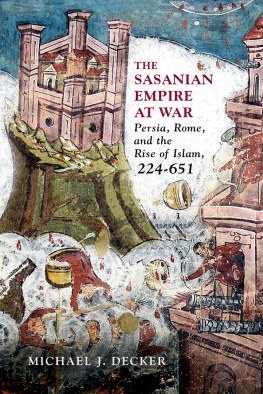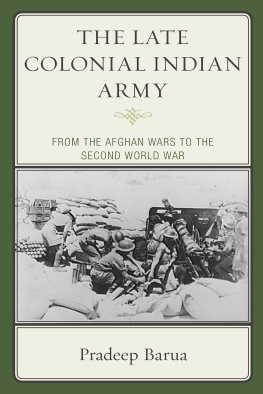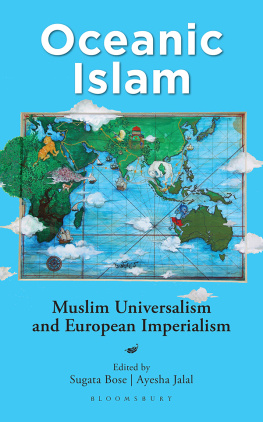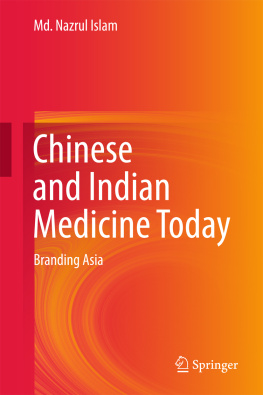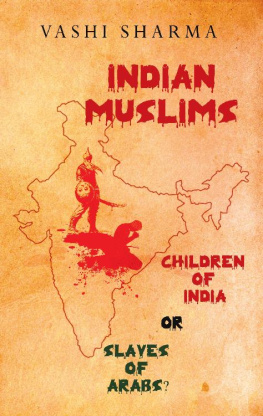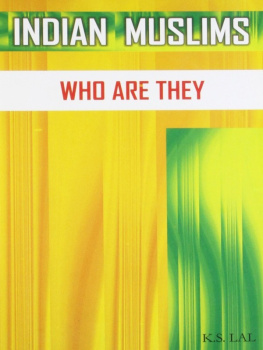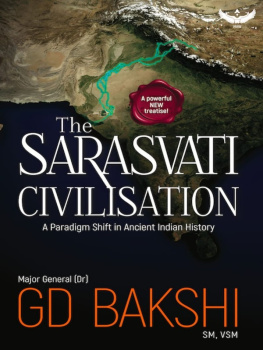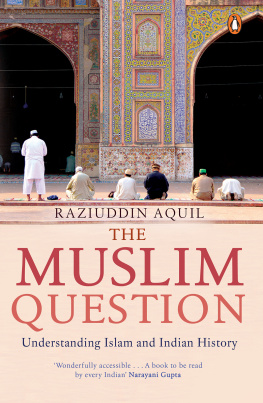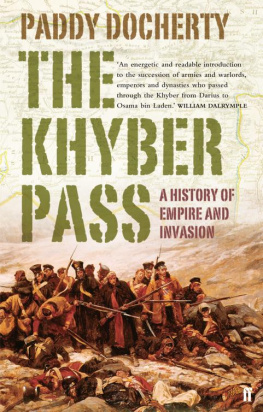From Indus to Independence
A Trek Through Indian History
From Indus to Independence
A Trek Through Indian History
Volume IV
The Onslaught of Islam
Sanu Kainikara
Copyright 2016, Sanu Kainikara
Dr Sanu Kainikara
416, The Ambassador Apartments
2 Grose Street
Deakin, ACT 2600, Australia
First Published in 2016
ISBN : 978-93-85563-86-7 (Hardback)
ISBN : 978-93-85563-87-4 (ebook)
Designed and Setting by
Vij Books India Pvt Ltd
2/19, Ansari Road, Darya Ganj, New Delhi - 110002, India
(www.vijbooks.com)
All rights reserved.
No part of this book may be reproduced, stored in a retrieval system, transmitted or utilized in any form or by any means, electronic, mechanical, photocopying, recording or otherwise, without the prior permission of the copyright owner. Application for such permission should be addressed to the author.
This humble effort is respectfully dedicated
In grateful obeisance to a great human being
Shri Narayanan Balakrishnan Nair
NBN Sir
Teacher, Mentor, Father-figure, and so much more
Who selflessly and unstintingly gave of himself to each of his
students,
and continues to do so.
I am lucky to have received his love and guidance for the
past fifty four years.
BOOKS BY THE SAME AUTHOR
Papers on Air Power
Pathways to Victory
Red Air: Politics in Russian Air Power
Australian Security in the Asian Century
A Fresh Look at Air Power Doctrine
Friends in High Places
Seven Perennial Challenges to Air Forces
The Art of Air Power: Sun Tzu Revisited
At the Critical Juncture
Essays on Air Power
The Bolt from the Blue
The Asian Crucible
Political Musings: Turmoil in the Middle-East
The Cassandra Effect
The Indian History Series: From Indus to Independence
Volume I Prehistory to the Fall of the Mauryas
Volume II The Classical Age
Volume III: The Disintegration of Empires
Contents
AUTHORS PREFACE
T he study of history, taken seriously, is a lifelong endeavour. It has to gradually become a passion and an undertaking to which one has to submit willingly in acceptance of the great demands it places on the practitioner. It can never be a passing fancy that can be satisfied by casual or occasional study and infrequent indulgences. The analysis conducted, explanations provided, and conclusions drawn through the study of history is mainly dependent on two factors. The first is the examination of the great currents of the past; currents that become obvious only when an overarching but deep observation of the greater flow is undertaken. Some of these currents have possessed such force that they have swept away entire civilisations in their wake. Others seem to have not even created a ripple while they were actually flowing, but in later years assume an importance that cannot be ignored by the student. The second are the people who were part of the then on-going equation and who were central to the unfolding events of the time. Some of these people have at times managed the flow of events and at times even been dominant in directing them. They can only be ignored at the peril of arriving at biased conclusions. An astute historian will find an apt balance between the flow of events and role of the human beings who were part of it, influencing them even if peripherally. Only this balance will throw up a believable recount of history.
The interpretation of history is not an easy task. This is particularly so in the Asian context since the ruling elite, even democratically elected ones, tend to derive their legitimacy from legacies based on the nations historic narrative. History, as interpreted by the contemporary rulers play an important role in shaping the present, although not in ways that an unbiased academic would have thought possible. Current narratives are provided tenuous connections to historic events almost without a break, which makes some of them move into the realm of fantasy. The interpretations provided in this volume, especially regarding some events that have been given almost divine status in the telling and re-telling of Indian Hindu history, may not be in line with contemporary explanations. Any misgivings that the reader might have regarding these interpretations must be considered the authors personal responsibility. I have arrived at those conclusions based on conscious and careful study of a great number of sources.
Indian history is vast and at times dense, making it extremely difficult to comprehend in its entirety. Understanding India through a study of its murky past is a most difficult exercise. However, it is also necessary as India is emerging into the world stage as a power in its own right. The current events in India that greatly influence the nations ethos have foundations in incidents, happenings and occurrences that took place in the past, at times centuries ago. An insight into Indian history is a foundational and inescapable requirement to dealing with the current emerging power.
Even though the study of its history enhances an individuals grasp of Indian perceptions, it is impossible for any one person to create for him/herself a clarity of understanding of Indian history in one single sweep. Irrespective of the race, culture, ethnicity, religion and nationality of the student, constructively interpreting the knowledge that is gained through concerted study is perhaps the most difficult undertaking. The vastness of the subject invariably produces an emphasis on the ignorance of the student rather than highlighting the achievement of the analysis. This adds to the complexity in studying Indian history. It is therefore not surprising that the experts on the subject will know in detail some parts of the canvas, while having only a broad-sweep grasp of other aspects. This is probably true of the study of the history of all ancient civilisations, although I doubt that the grandeur of the Indian panorama is replicated in any other region.
There have been numerous books, papers, studies and erudite tomes written on Indian history. Even so, the whole story has not been explored and told, there are still unexplained periods and unsolved actions and events that have led Indian history in unfathomable directions. There are influences on the course of Indian history that still perplex the analyst today. Indian history remains a fascinating area of study. However, gaining sufficient knowledge to venture into writing the history is an onerous task, full of possible pitfalls. The obvious starting point is the study of existing literature, which is great in volume and spread. Since the grandness of Indian history is almost unmatched, a student of history will do well to concentrate on digestible bites and research in depth a particular period before moving forward to another one. Such an approach will provide the clarity required to understand and analyse the causes and effects that litter the movement of history. There is only one evident flaw to this approach. The continuity from one period to the next may get broken in the process of dividing the flow of history. While this probability must be kept as an underlying influence in the study, Indian history when taken as the holistic history of the sub-continent, by itself is prone to breaks in the narrative. It is impossible to follow a chronological order through the entire history of the land. Further, the developments in the north and south do not, in a number of instances, lend themselves to being analysed jointly. I have come to the conclusion that the study must remain sufficiently broad while also concentrating on the intended area of research. Concentrating on one part of the imposing sweep at a time is the only way to make adequate sense of it.



